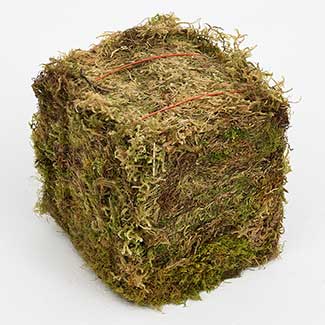

menetriesi, or indeed other similar carabid species with isolated populations. This will allow conservation managers to make well-informed decisions about conserving C.

menetriesi populations in different habitats remains to be investigated, however, our methodological approach with regard to both the data collection and analysis can be used to assess other populations and provide important information about relevant habitat parameters for that population. Whether our results can be transferred to C. Our findings about habitat diversity suggest that expansion of low intensity grazing in the area, a measure that was suggested as a result of our survey and is currently in process of implementation, might benefit the species. Areas with high tree cover were thinned at several sites, although the success of this measure has yet to be determined. menetriesi population at the study site were taken in accordance with our results. menetriesi at this site, while tree cover was negatively correlated with occupancy, but increased the detectability of the species. Our model shows that increasing Sphagnum cover and habitat diversity led to higher occupancy levels for C. Here, we present the results of a patch-occupancy modeling approach to determine habitat preferences for C. menetriesi using live pitfall traps over two seasons in 20 at a protected nature reserve in southern Bavaria, Germany. Carabus menetriesi is an endangered ground beetle found in Europe and warrants protection under EU law. A lack of knowledge about habitat requirements for these species undermines the ability to make informed decisions about appropriate conservation measures, especially for isolated populations that may have developed habitat preferences specific to their region. In this article, I'll answer the top 10 questions about sphagnum, listing the pros and cons of its use in potting media.Within the Natura 2000 network, there is a legal imperative to protect endangered species. Talking about the different qualities of moss on the market,Īnd in the end, the benefits for your orchid (which is the most important part, right?) To understand sphagnum moss for orchids, which I've used in every single orchid design so far, let’s take a moss tour: This isn’t everything sphagnum moss does. All these promote a healthier orchid life. Why use sphagnum moss to repot your orchid? Sphagnum allows air to circulate freely around the roots of the orchid its moisture-absorbing qualities ensure proper irrigation and it binds ammonium, slowing down the decomposition caused by microorganisms. Can you use sphagnum for every type of orchid? To the contrary of most things about orchids, where the typical answer is, “it depends,” you can use sphagnum moss in every type of orchid media. When repotting, sphagnum moss for orchids is essential in your medium.


 0 kommentar(er)
0 kommentar(er)
